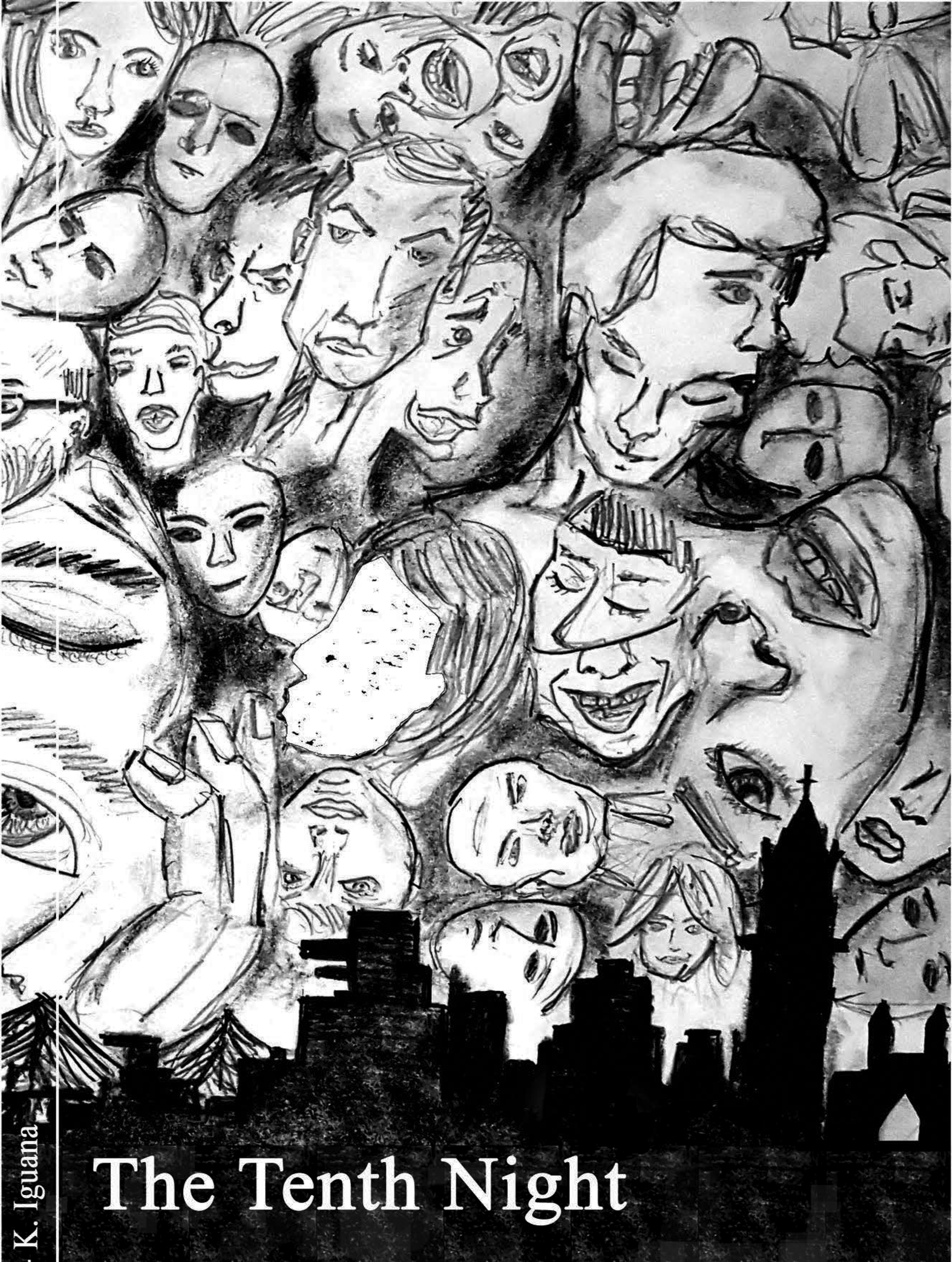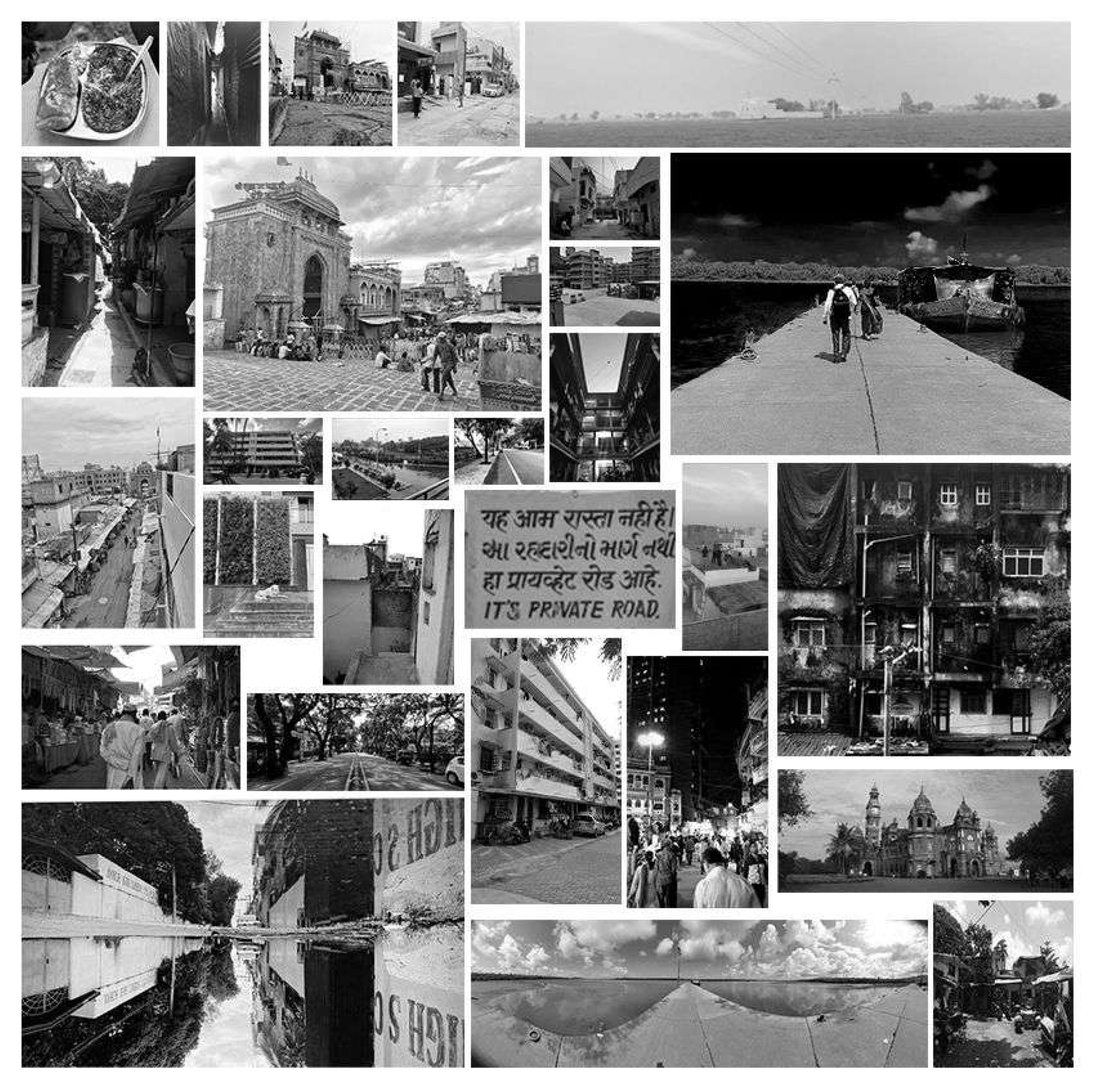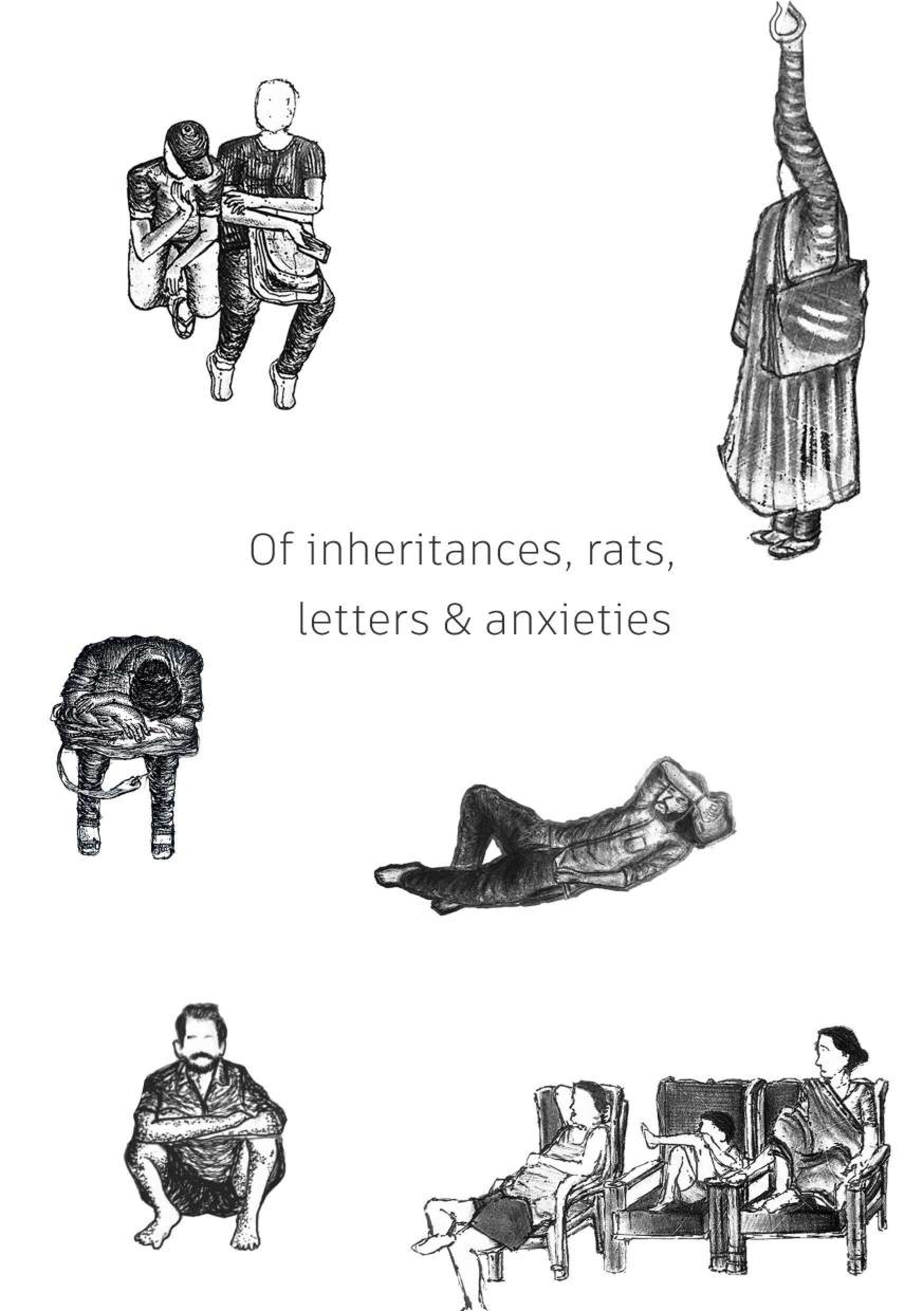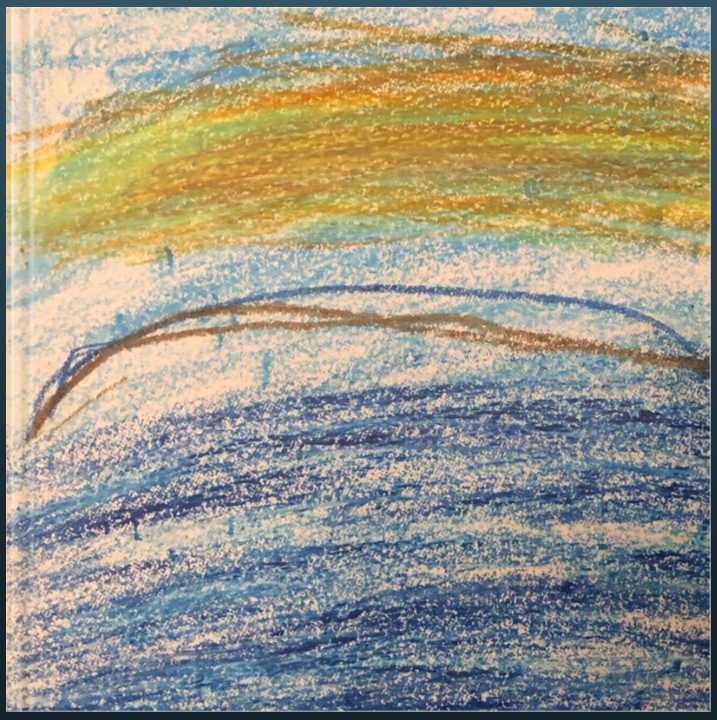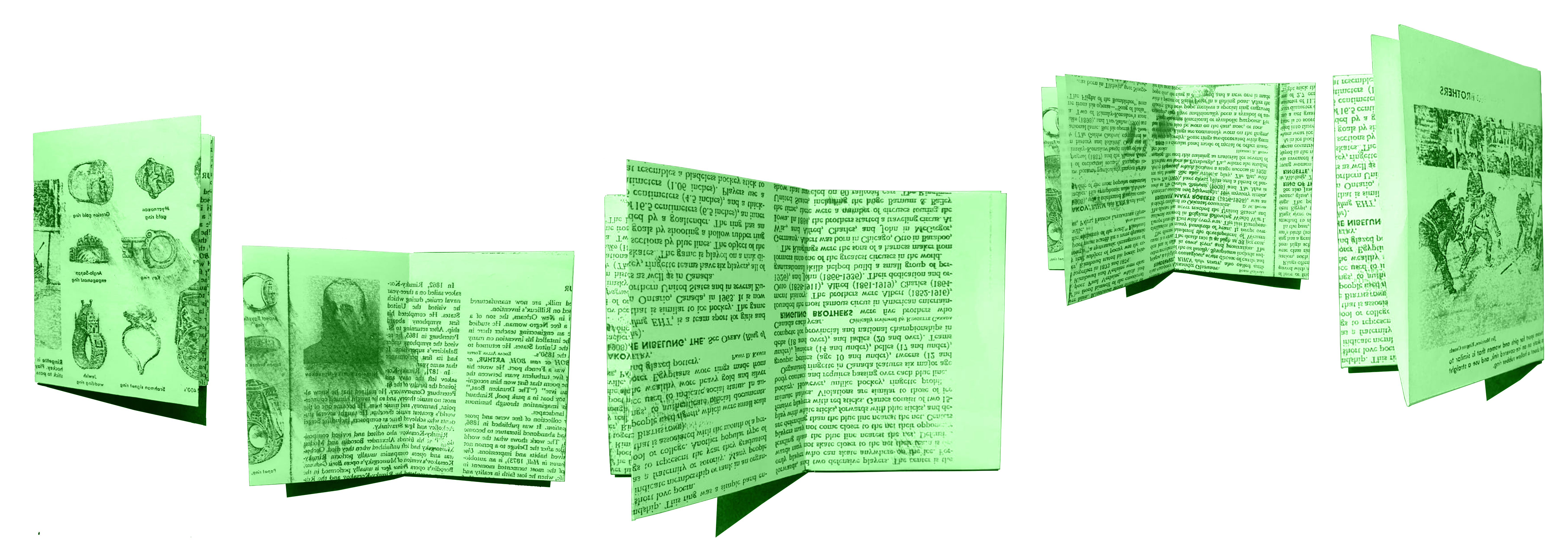
IDEA BOOKS +
The idea book is formless, it is a refuge, a home for the various practices and scholarly, academic and design led investigations undertaken at SEA. It is an effort to collect and archive these investigations and a device to explore the ways in which we ask questions.
Printed work produced by academic institutions has largely taken the shape of reportage and been housed in papers, journals and reports. The conception of the idea book comes from a need to rethink the accepted conventions of the representation of academic effort.
Printed work produced by academic institutions has largely taken the shape of reportage and been housed in papers, journals and reports. The conception of the idea book comes from a need to rethink the accepted conventions of the representation of academic effort.
At this point, the acceptance borders on resignation and the idea book tries to cut through these limits in defiance of the listless notion of the work as an autonomous / archetypal entity.
It seeks to be several things - fiction, a manual of instructions, a collection of recipes, a companion book to texts, an encyclopedia, an annotated sketchbook, experimental writings - and it uses the tropes and the existing / embedded structure of these borrowed forms to shape and challenge the body of work to be presented. It can be disorderly and unreliable, partly narrativise an otherwise grounded research, as well as be extremely preoccupied with detail and structure and accuracy and cohesion.
It seeks to be several things - fiction, a manual of instructions, a collection of recipes, a companion book to texts, an encyclopedia, an annotated sketchbook, experimental writings - and it uses the tropes and the existing / embedded structure of these borrowed forms to shape and challenge the body of work to be presented. It can be disorderly and unreliable, partly narrativise an otherwise grounded research, as well as be extremely preoccupied with detail and structure and accuracy and cohesion.
The indeterminacy of its design is to allow it to explore abstractly, think abstractly and mutate and occupy several shapes and provoke new articulations of the work and new responses among a readership
It is meant to deepen the reflection on the work and be a lens and an anchor both. It is playful and explanatory and makes intelligible the inquiry that the study sets up. The layer of the idea book is as much about careful observation as it is about undaunted exploration of possibilities within the assigned territory. The world of the book is a structured whole, in which multiple forms meet and merge and mutually reinforce one another in unanticipated and compelling ways.
It is meant to deepen the reflection on the work and be a lens and an anchor both. It is playful and explanatory and makes intelligible the inquiry that the study sets up. The layer of the idea book is as much about careful observation as it is about undaunted exploration of possibilities within the assigned territory. The world of the book is a structured whole, in which multiple forms meet and merge and mutually reinforce one another in unanticipated and compelling ways.
Storytelling and the City +
This is a course on urbanism and storytelling. In this course, cities will be discussed as composites of small forces of energetic selves, friendships and compassions. The energetic self here is the dimension of the self that drives one to undertake specific activities connected to one’s desires. These could include collecting strange objects, behaving like spies, writing stories, achieving mundane targets, opposing new ideas, making antennae to listen to strange sound waves, counting every tree, tracking obscure data, etc.
Such energies, expressed in absurd quests, unusual obsessions and bizarre interests cumulatively appear to be producing the city.
The city seems to acquire its generative energy from such small forces. In many ways the city seems to be a mad house and madness seems to be running it. Small forces also express themselves in everyday friendships and compassions. These practices go beyond the acts of routine and are considered unproductive in generating grand conceptualizations of cities, often discarded as stray individual preoccupations, anecdotes or subjective obsessions. While some of these are related to earning and occupations, others are simply ‘useless’.
Urban theory and pedagogy have seldom engaged with an understanding of these small forces or extended it for speculative / projective purposes. This course aims at exploring small forces through a framework of storytelling for understanding the mechanics of cities and speculating their future trajectories. The stories will be semi-fictional narratives of small forces.
The course is also interested in articulating the experience of emerging urbanity. It will engage in sketching the contours of this urbanity using small forces as the material.
The course is also interested in articulating the experience of emerging urbanity. It will engage in sketching the contours of this urbanity using small forces as the material.
The Bricoleurs +
“
In this studio, we drew on the imaginary of the Bricoleuse/Bricoleur to build the contours of a deep practice that engages in reading, acquaintance with works of art and architecture and making. Five groups explored five tropes through which they engaged with the idea of the Bricoleuse/Bricoleur. We explored different figures who embodied the qualities of the Bricoleuse/Bricoleur and corresponding modes of thinking and making. The course explored the fluid relationships between art and architecture without categorizing them as such.
The intention was to engage with the idea of a long duree practice, where the process is as engaging as the outcome. The course collapsed the boundaries between art/architectural theory and studio, between reading, thinking and making. As we mined through treasure troves of ideas and works, the participants were encouraged to collect references that would become their companions through the journey and to articulate one question around which they produced a work of art/architecture.”
- Rupali Gupte
- Rupali Gupte
This excerpt describes the course Bricoleurs/Bricoleuses that was conducted between 2020-2022.
The article in which it appears can be read here.
The article in which it appears can be read here.

